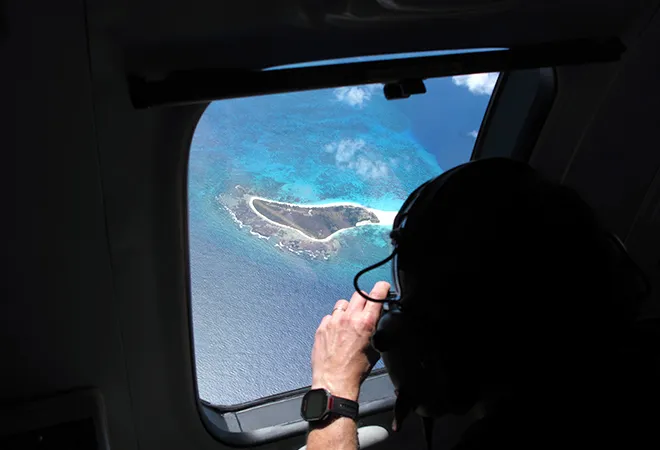If the prime minister of India is your friend, you can do many things, even revive an arms deal that has recently been cancelled by his Ministry of Defence. Benjamin “Bibi” Netanyahu has demonstrated this by persuading Modi to allow the recently cancelled Spike anti-tank missile deal to get back on track.
In this case, at least, “friend” Modi has taken the right decision. The deal for the fourth generation anti-tank missile Spike had been struck in 2014. India has a larger need for some 40,000 anti-tank missiles and the 8,000 or so Spike missiles would fill only part of its requirement but they are urgently needed.
Why Spike is ideal for cross-border raids
It’s not clear which versions India wanted, but they appear to be a mix of the medium range (MR) and short-range (SR) versions of the missile light enough to be carried into battle by infantrymen and Special Forces for use against tanks and hardened enemy positions.
The missile is a tried and tested system, having been used by over 20 countries and seen action in Israel’s various regional wars since its invasion of Lebanon in 1982.
Two months ago, the Ministry of Defence had cancelled the USD 500 million deal which would have also seen it being produced in India through technology transfer. They had, instead, decided to back the DRDO which had claimed that it would develop a system based on its Nag NAMICA system within four years.
The Spike has seen constant enhancement in its technology since the 1980s. The latest version of Spike SR has a missile that is 98 cm long. Its disposable control launch unit weighs 1.2 kg with battery, and the missile and launch tube together weigh 8.6 kg. The total weight of the system is just under 10 kg. According to Jane’s 360, there is no other missile which knocks out targets between 50 m and 1.5 km in this weight class currently in production.
Over the years the Israelis have refined the system which has ensured that the missile does not have a separate booster to push it out of the launch tube, the task being done by a single unified motor. The Imaging Infrared sensor locks on to the target day or night and it has a proprietary fixed seeker which has a wide angle of vision. The operator locks on to the target using the missile’s seeker, fires it and the missile finds its own way to the target.
As is evident, it is an ideal missile for the Special Forces to carry in cross-border raids.
DRDO’s ability to deliver Nag on time is dubious
The DRDO’s anti-tank missile Nag is a non-starter for this task. It is simply too big and heavy for a single soldier to carry. It weighs 42 kg and has a length of 1.9 metre, and therefore has to be mounted on a vehicle or helicopter.
A September 2017 report suggested that the DRDO would begin work on a portable Nag which would weigh around 14 kg. But a similar report had earlier suggested that DRDO was beginning work on this in 2015 as well. Clearly, as of now they have no product and as the reports suggest, they have now promised a “world class missile” in 2022.
The DRDO’s ability to deliver on time is highly suspect and the army faced the prospect of having no missiles for the foreseeable future to replace their obsolete systems.
Since the Spike would fit only part of the Army’s needs, the DRDO’s Nag can still find its place in the balance of the Army’s requirements for a missile that can be carried on infantry combat vehicles and the attack helicopters of the army. However, it’s not clear that the DRDO’s product would fit the bill unless it actually goes through the tests.
There have been varying claims of the success of the two Nag NAMICA tests that had taken place in September 2017. While the DRDO claimed they were a great success, Indian Army said that the tests had only been partially successful and postponed the induction of the missile till further tests were conducted. If this was the case with a missile that has been nearly 30 years in development, it will be some time before the DRDO can come up with missile that can match the Spike.
Perhaps the DRDO can take a leaf out of its own book and do a joint venture with Israeli companies to produce an anti-tank missile. After trying in vain to develop world-class surface-to-air missiles, the DRDO tied up successfully with the Israelis to develop the medium and long-range surface to air missiles which will equip all three Indian services in the future.
This commentary originally appeared in The Quint.
The views expressed above belong to the author(s). ORF research and analyses now available on Telegram! Click here to access our curated content — blogs, longforms and interviews.




 PREV
PREV


